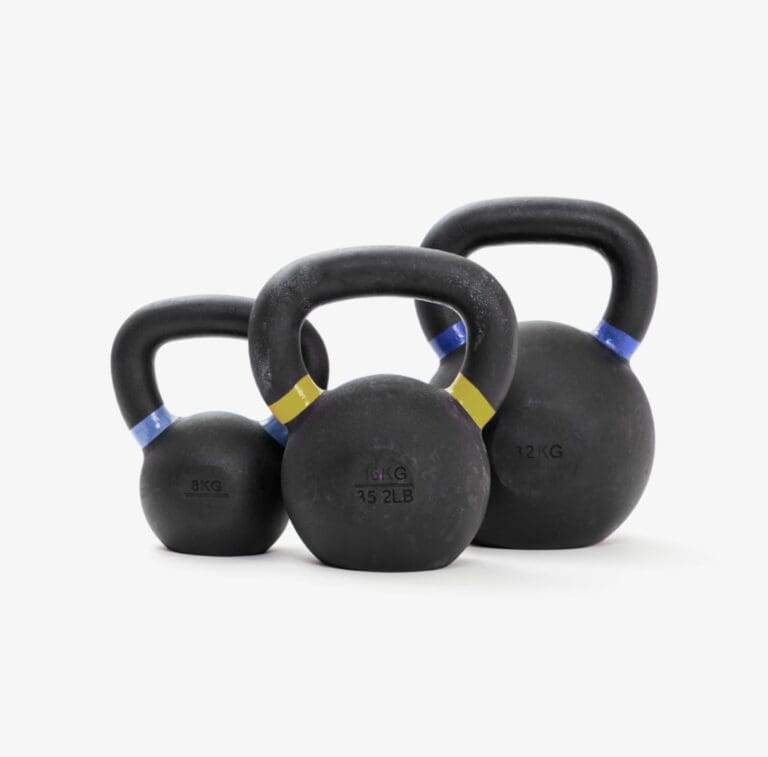
As a personal trainer in San Mateo, I often get asked how to improve muscle endurance and stamina. It’s a common goal among my clients, whether they’re training for a marathon or just want to be able to play a game of basketball with their kids without getting tired. The good news is that muscle endurance and stamina can be improved with the right approach. In this blog post, I’ll share some of the latest research on muscle endurance and provide evidence-based tips for improving your stamina and endurance.
First, let’s define what muscle endurance and stamina are. Muscle endurance refers to the ability of a muscle to sustain repeated contractions or to maintain a certain position for an extended period of time. Stamina, on the other hand, refers to the body’s ability to sustain physical activity for an extended period of time. In other words, muscle endurance is a specific type of stamina that pertains to the muscles.
One of the key factors that affect muscle endurance is the energy systems that supply energy to the muscles. There are three energy systems that are used during exercise: the phosphagen system, the glycolytic system, and the oxidative system. The phosphagen system is used for short-duration, high-intensity activities such as weightlifting. The glycolytic system is used for moderate-duration, moderate-intensity activities such as running. The oxidative system is used for low-intensity, long-duration activities such as cycling.
To improve muscle endurance, it’s important to train all three energy systems. This can be done by incorporating a variety of exercises into your workout routine, including weightlifting, running, and cycling. A study published in the Journal of Strength and Conditioning Research found that a combination of weightlifting, running, and cycling improved muscle endurance more than just one type of exercise alone.
Another important factor that affects muscle endurance is muscle fibers. There are two types of muscle fibers: slow-twitch and fast-twitch. Slow-twitch fibers, also known as type I fibers, are used for endurance activities such as marathon running. Fast-twitch fibers, also known as type II fibers, are used for short-duration, high-intensity activities such as weightlifting.
To improve muscle endurance, it’s important to train both types of fibers. This can be done by incorporating both endurance training and strength training into your workout routine. A study published in the Journal of Applied Physiology found that endurance training increased the number of slow-twitch fibers and strength training increased the size of fast-twitch fibers.
In addition to training the energy systems and muscle fibers, it’s also important to focus on proper nutrition to improve muscle endurance. Adequate intake of carbohydrates, proteins, and fats is important for providing energy and repairing muscle fibers.
In conclusion, muscle endurance and stamina can be improved with the right approach. Incorporating a variety of exercises, including weightlifting, running, and cycling, training both types of muscle fibers, and focusing on proper nutrition are key to improving muscle endurance.
One last thing, in the words of Arnold Schwarzenegger, “The last three or four reps is what makes the muscle grow. This area of pain divides the champion from someone else who is not a champion.”
If you’re looking for a personal trainer in San Mateo who can help you achieve your endurance and stamina goals, look no further than Holly Roser Fitness. Contact us today to schedule your first appointment!
References:
Ratamess, N. A., Alvar, B. A., Evetoch, T. K., Housh






